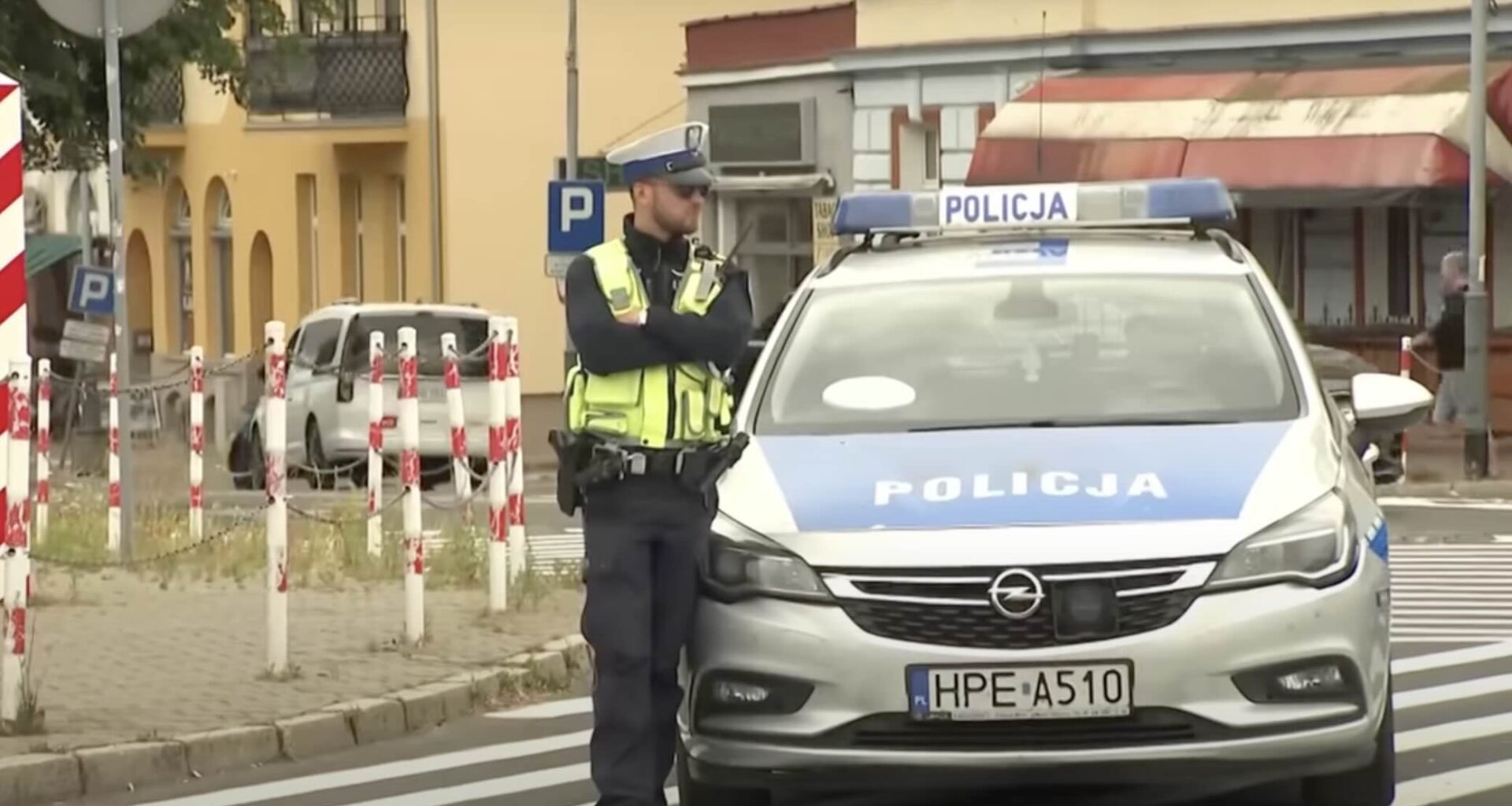The decision, confirmed on Friday, was announced on Sunday by Minister of the Interior and Administration Marcin Kierwiński. The corresponding regulation has been formally submitted for notification to the European Commission.
Speaking after a briefing with regional governors and the heads of border and security services, Kierwiński emphasised that the extension is aimed at countering irregular migration through the so-called “eastern route”. He stated that Poland, in coordination with its European partners, is responding to a shift in migration flows prompted by increased physical border security.
“Today, the fundamental issue, not only for us but also for our partners in the European Union, is the closure—if I may use that term—of the route that has now moved to Lithuania and Latvia,” said Kierwiński.
He added that the 98 per cent effectiveness of Poland’s border barrier along the Belarusian border has resulted in irregular migration, facilitated by Belarusian and Russian authorities, shifting westward.
The reintroduction of border checks on the German and Lithuanian frontiers was first implemented earlier this year in response to the redirection of migrant flows. The current extension will remain in force until early October, with a reassessment scheduled for September. According to Kierwiński, further decisions will be based on information gathered by the Border Guard, Armed Forces, and Police.
“There is full understanding from our European partners, because these decisions are aimed at sealing off the migratory route that has re-emerged through Lithuania and Latvia,” he said.
Poland has maintained a restrictive border policy in the east, particularly along its boundary with Belarus. In recent years, the route has been a focal point for attempts by third-country nationals to enter the EU via Belarus. Warsaw has repeatedly accused the Belarusian authorities of facilitating crossings as part of a broader strategy of hybrid pressure against the EU.
In parallel, several other EU member states, including Germany and the Czech Republic, have reintroduced temporary border controls within the Schengen Area in response to irregular migration and concerns over security. Such measures, while exceptional, are permissible under the Schengen Borders Code provided they are justified and time-limited.
The regulation issued by the Polish Ministry of the Interior will now be subject to oversight by the European Commission, which monitors compliance with Schengen rules and ensures that temporary border measures do not become de facto permanent controls.
Recent reports from the Polish eastern frontier, including incidents involving bodies recovered from the River Bug near the Belarusian border, have reinforced concerns over the risks associated with irregular migration and human trafficking. The government maintains that physical infrastructure, including fencing and surveillance systems, combined with coordinated controls, is essential to safeguard border integrity and public security.
Minister Kierwiński indicated that assessments in September will determine whether additional steps will be required beyond the current two-month extension. For now, Polish authorities continue to monitor developments on the eastern flank of the EU closely, with a focus on both deterrence and coordination with neighbouring states.
Polish Soldier Murdered by Illegal Migrants on Belarus Border
Post Views: 798
